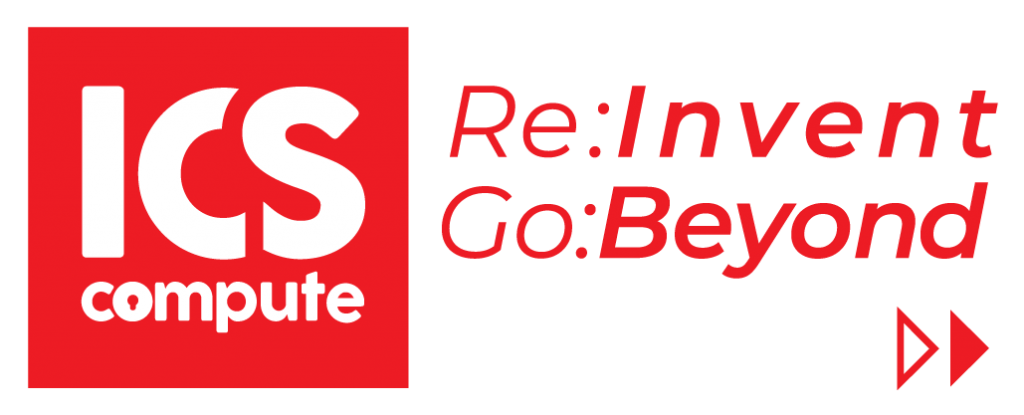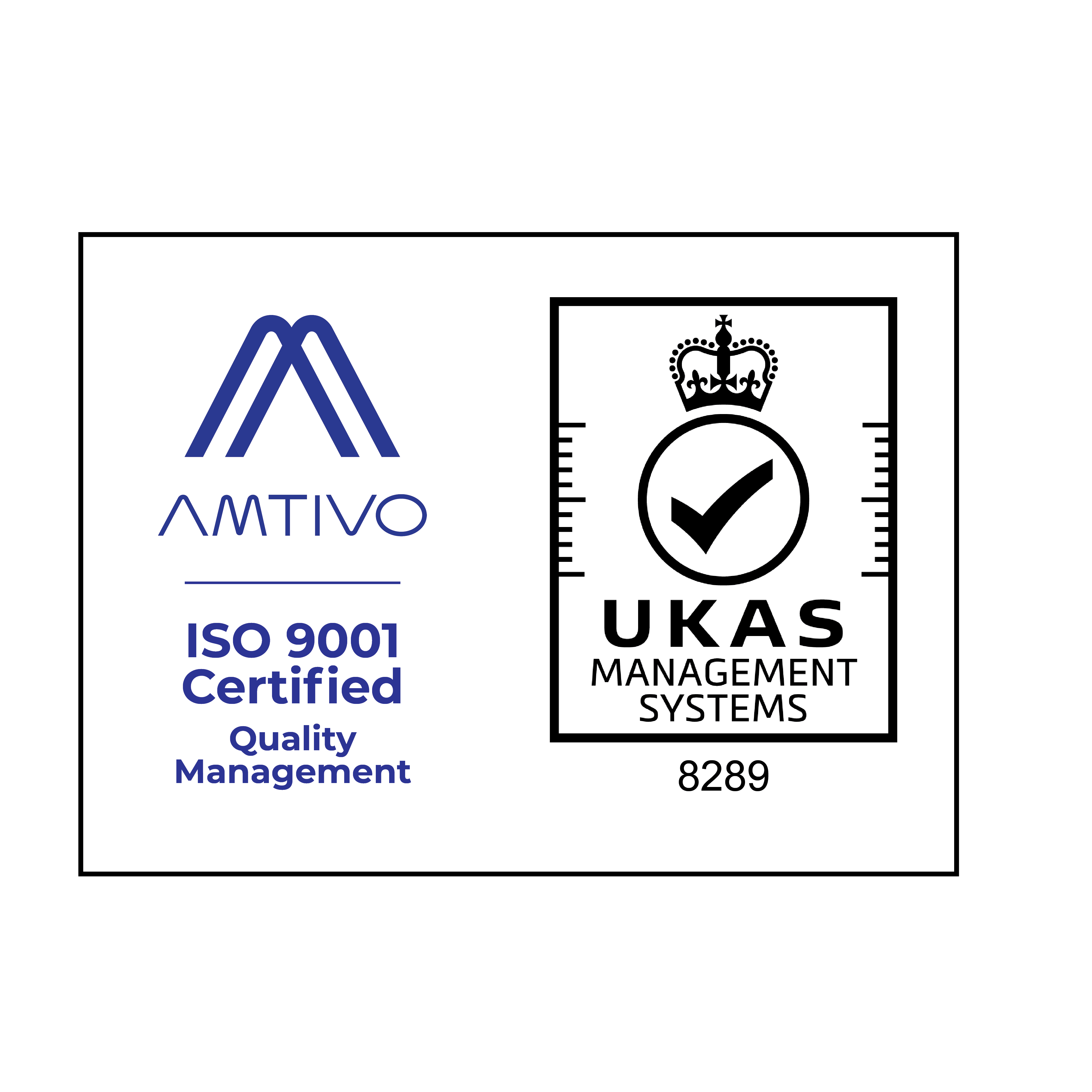
Background Issue
Since June 2024, Siloam has been focusing on cloud cost optimization to address increasing AWS expenses. The primary challenges included oversized EC2 instances, inefficient workload distribution, and underutilized storage resources, leading to unnecessary operational costs. Additionally, some workloads were still running on x86-based instances, missing out on the cost and performance benefits offered by Graviton-based instances. The lack of automated scheduling for development and non-production environments also contributed to unnecessary spending, further emphasizing the need for a structured cost optimization approach.
Actions Taken (Our Efforts and Impact)
To overcome these inefficiencies, Siloam implemented several strategic optimizations:
- Rightsizing EC2 Instances
- Analyzed instance utilization and adjusted instance types to match actual workload demands, reducing unnecessary resource allocation.
- Leveraging Spot Instances
- Shifted suitable workloads to Spot Instances, significantly lowering compute costs while ensuring availability through fault-tolerant architectures.
- Automating Start/Stop Schedules
- Implemented automation for starting and stopping non-production instances (e.g., development and testing environments) outside of working hours, preventing idle resource consumption.
- Migrating to Graviton Instances
- Transitioned workloads from x86-based EC2 instances to AWS Graviton, leveraging its improved price-to-performance ratio and reducing compute costs.
- Deleting Unused EBS Volumes
- Conducted an audit to identify and remove unused Elastic Block Storage (EBS) volumes, eliminating unnecessary storage costs.
- Optimizing ECS Node Ratios
- Refined the ratio of ECS nodes to tasks, ensuring optimal container density and reducing overall compute costs without impacting application performance.
Results Achieved
- $20K per month in EC2 Savings: Rightsizing instances, using Spot Instances, and automating start/stop schedules led to significant reductions in EC2 costs.
- $4.6K per month in Additional Savings: Migrating to Graviton, deleting unused EBS volumes, and optimizing ECS node ratios further reduced monthly cloud expenses.
- Improved Cost Efficiency Without Performance Trade-offs: Despite aggressive cost-cutting measures, system performance remained stable, ensuring business continuity and reliability.
Learning Points
- Visibility and Monitoring Drive Effective Cloud Cost Optimization: Regular audits and real-time monitoring helped Siloam identify inefficiencies and apply targeted cost-saving strategies.
- Automation is Key to Reducing Unnecessary Costs: Implementing start/stop schedules prevented wasteful spending on idle resources, demonstrating the importance of automation in cloud management.
- Strategic Workload Placement Maximizes Savings: The shift to Spot Instances and Graviton-based workloads significantly improved cost-to-performance ratios, emphasizing the need to evaluate and adopt new AWS pricing models.
- Cloud Optimization is a Continuous Process: Ongoing cost evaluations and adjustments are necessary to ensure long-term cloud sustainability and efficiency.
Re:Invent Go:Beyond


